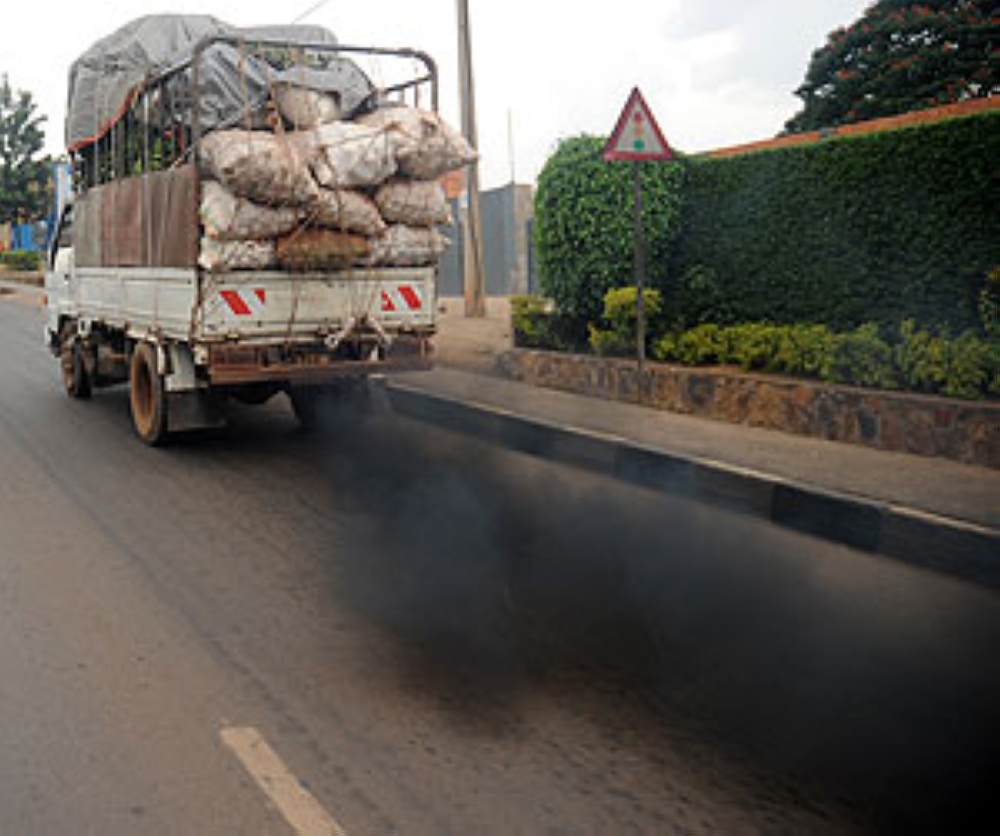
Rwanda is set to begin testing all non-electric vehicles for emissions starting August 18, as part of a new campaign aimed at improving air quality and public health, according to Juliet Kabera, Director General of the Rwanda Environment Management Authority (REMA). Kabera said at a press briefing on July 31 that the campaign is designed to raise public awareness about the importance of clean air and each individual's responsibility to that end. A cabinet meeting on Wednesday, July 30, approved a ministerial order establishing emissions testing fees for non-electric vehicles, including motorbikes and hybrid cars. Under the new guidelines, Kabera said, motorcycles will be tested once a year, regardless of whether they are used for personal or commercial purposes; private vehicles will undergo testing once a year, while commercial vehicles must be tested twice a year, given their relatively higher fuel consumption. Kabera pointed out that motorcycles make up 55 percent of vehicles in Rwanda, which is why their contribution to emissions must be addressed. ALSO READ: Air quality: Rwanda to start testing motorcycle emissions, enhance compliance Won't older vehicles be rendered unfit for the roads? Regarding concerns that older vehicles may not meet modern emission testing standards, potentially rendering them unfit for the road, Kabera clarified that emission tests will be based on the Euro standards, a set of regulations developed by the European Union to limit air polluting emissions from vehicles. According to REMA, new vehicles entering Rwanda should meet at least Euro 4 standards, older vehicles already in the country will be tested against the Euro standard that matches their year of manufacture. For example, a vehicle made in 1992 (Euro 1) will be tested under Euro 1 requirements, while one from 2005 (Euro 4) will be tested accordingly. This eliminates the concern that old vehicles will be judged by modern-day standards they were not built to meet, it observed. The Euro standards vary based on the year a vehicle was manufactured and are assigned corresponding numbers. “We are using the Euro Four standard [for newly imported vehicles],” she explained. “But we recognise that many existing vehicles were made to comply with earlier standards such as Euro one, two, or three. Our testing equipment is calibrated to assess compliance based on the standard the vehicle was originally built to meet.” She gave an analogy to explain how different tests will apply to different cars. “If you’re a second-year student, you won’t be tested with fourth-year exam questions.” Similarly, a vehicle built to Euro 2 standards will be tested against those criteria, not against Euro 4 or higher, she indicated. ALSO READ: Fuel-powered construction, farming machinery to undergo emission testing Vehicle maintenance matters REMA also pointed out that maintenance plays a major role in emissions. In some cases, a well-maintained vehicle from the 1990s may emit less pollution than a poorly maintained model from 2020. This underscores the importance of regular servicing and proper vehicle care, regardless of the year of manufacture, as a key contributor to clean air and compliance with emission standards.
Provided by SyndiGate Media Inc. (Syndigate.info).
Komentar
Posting Komentar